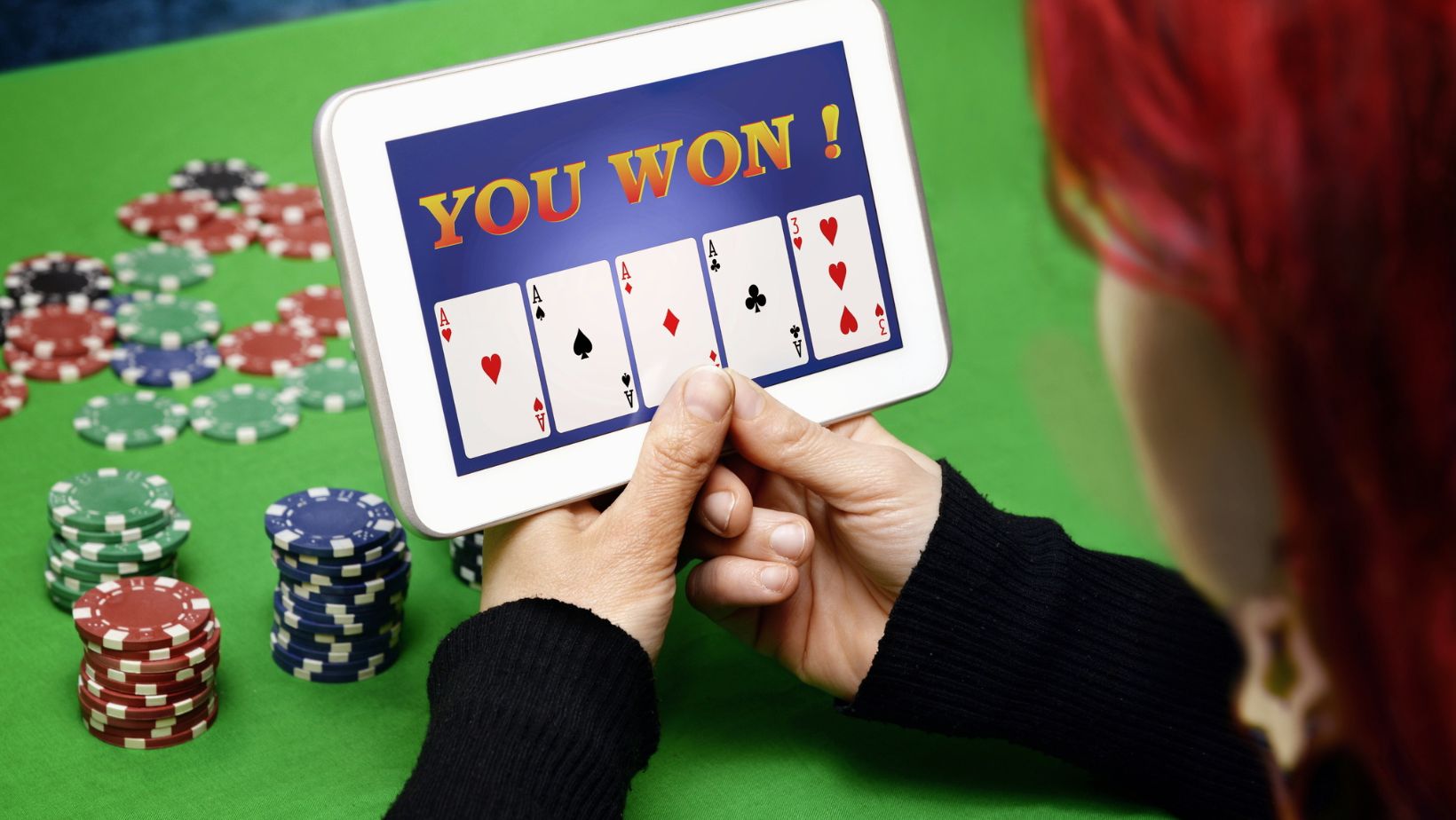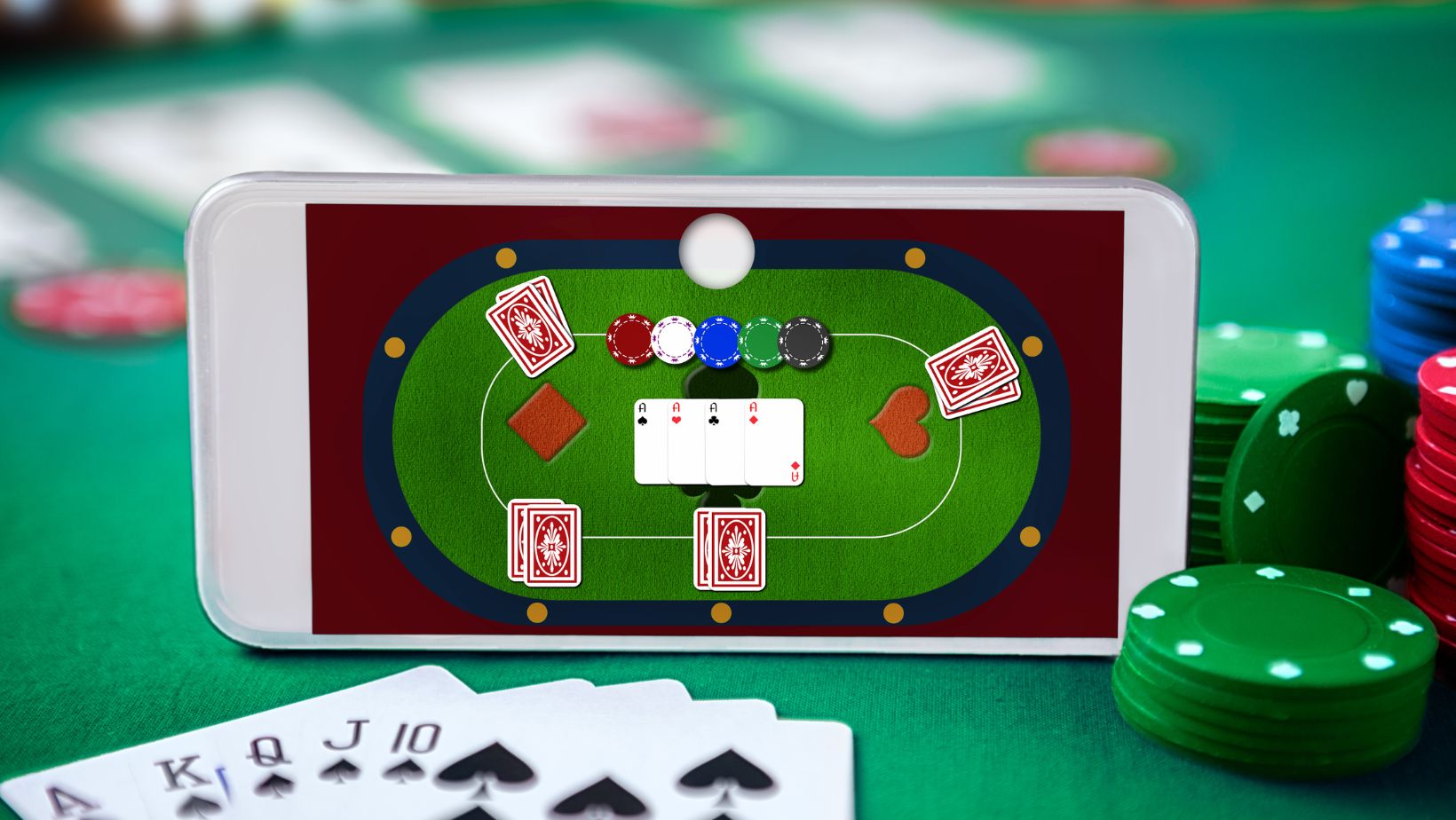Poker has always been about strategy and skill. From its early days on Mississippi riverboats to the modern online platforms, one thing has remained a constant: the importance of bluffing. In poker, bluffing isn’t just about tricking your opponents; it’s a core part of the game’s strategy. It’s about making decisions that keep your opponent’s guessing, which turns a good poker player into a great one.
With the emergence of online platforms, we now see many online resources to play. These platforms remove the face-to-face element of the game, meaning players can’t rely on physical cues or ‘tells’ from their opponents. Instead, bluffing online is about reading betting patterns, understanding the game’s rhythm, and making smart, timely decisions.
Timing And Position
Timing is everything in bluffing. The best bluffs often come at a time when they’re least expected. Key moments include when the community cards don’t help anyone’s hand, or your opponent hesitates. Bluffing at the right time can turn a weak hand into a winning one.
Your position at the table also plays a crucial role. Being in a late position, where you are one of the last to act, can be advantageous. It allows you to observe how others play with their hands before you move. If most players have checked, this might be an opportune moment to bluff and steal the pot.
Bet Sizing
Effective bluffing also involves smart bet sizing. Your bet should be convincing enough to make your opponent’s think twice about their hands but not so large that it risks a significant portion of your chips.
A common mistake is to overbet when trying to bluff. This can often lead to suspicion and potentially getting called by an opponent with a stronger hand.
Your bet size should also be consistent with the story you’re trying to tell. If you’re trying to represent a strong hand, your bet size should align with what you would realistically wager if you had that hand. Inconsistent bet sizing can give away your bluff.

Bluffing Frequency And Selectivity
Bluffing too frequently can make you predictable and easy to read. It’s important to be selective about when you bluff.
A good bluffing strategy involves playing genuine hands and bluffing, which keeps your opponent’s guessing and makes your bluffs more believable.
Bluffing is not just about the hands you don’t have but also the hands your opponent’s believe you might have. If you’ve been caught bluffing, use this to your advantage in future rounds.

Managing Risks And Emotions
Bluffing in poker involves risk, and managing these risks effectively is important. Never bluff with more chips than you’re willing to lose. It’s also crucial to keep your emotions in check.
Successful bluffing requires a calm and composed demeanor. If you’re feeling anxious or frustrated, it might be best to avoid bluffing until you’re in a better state of mind.
Final Words
Bluffing is a complex but essential skill in online poker. By understanding your opponents, timing your bluffs right, sizing your bets wisely, being selective in your bluffing, and managing risks and emotions, you can enhance your poker game and enjoy greater success at the virtual table. Many new online poker sites are available and one of the best can be found at Cloudbet, who offer enhanced offerings for online poker play worldwide.


